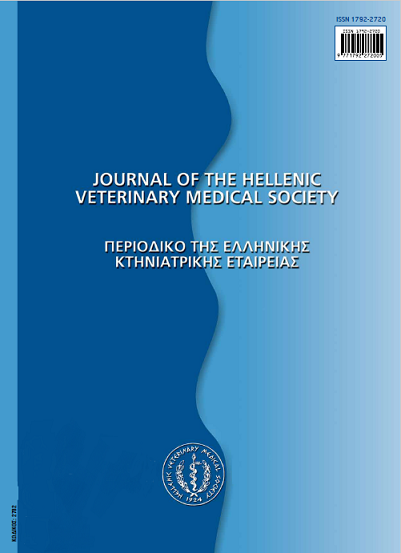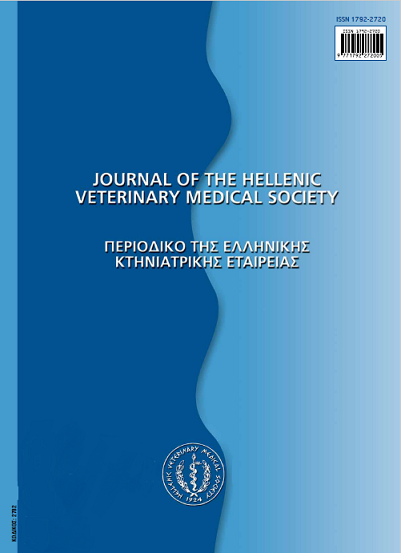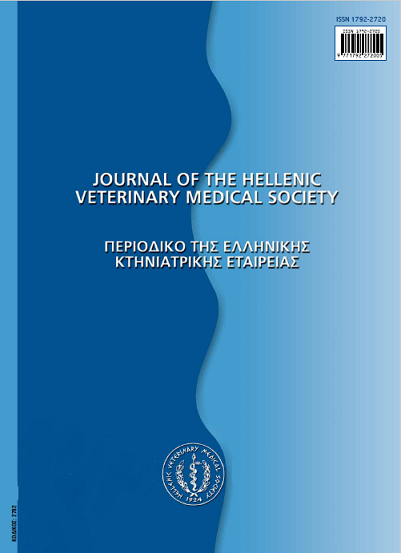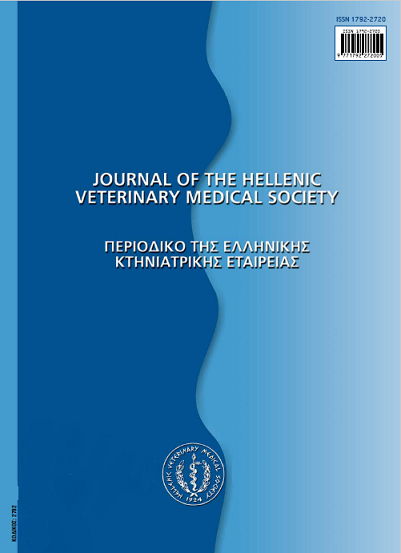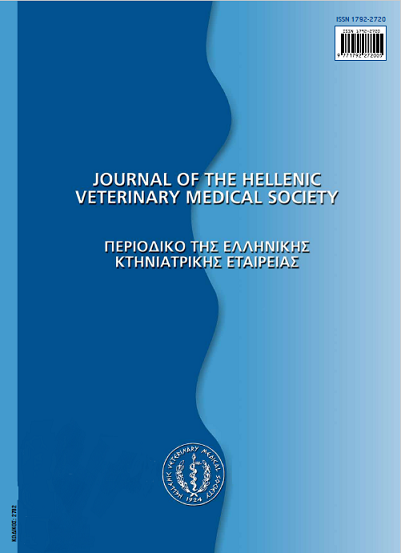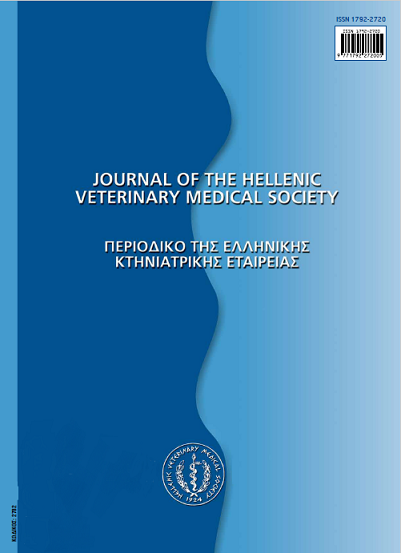Εvaluation of an environmental enrichment device used for laboratory rabbits
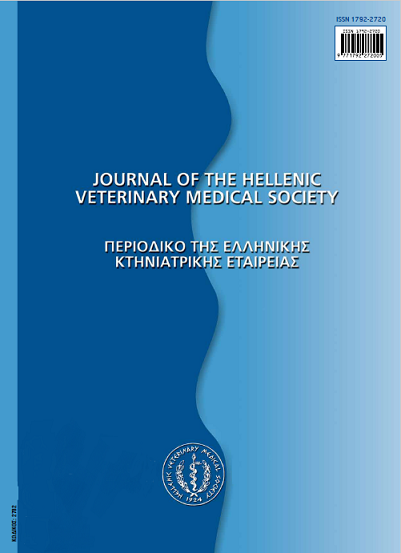
Abstract
Improving the housing conditions of individually caged laboratory rabbits using environmental enrichment devices is a source of concern in the scientific community and is encouraged in the guidelines of the local and international laboratory animal associations and national regulations. In this report, we inform on the results of an investigation whose aim was to evaluate the use of a commercially available shelter as an enrichment device for six individually caged rabbits (mean body weight 2.5 Kg) during their resting period. After an acclimatization period of five days in an animal room, a commercially available enrichment device, the Rabbit Hut (BioServ, New Jersey, USA), was introduced into every cage. After a 3-day familiarization period, the interactions of the rabbits with the device were video recorded for 12 hours during the light phase (06:00 – 18:00) on five consecutive days. Each rabbit’s interaction with the device was monitored and analyzed from the video recordings. We found that the rabbits used the enrichment device in different ways, which included passing through the device, staying under the device, gnawing the device, pulling and dragging the device using their teeth, and playing with the device. We also found that the rabbits mainly interacted with the device during the first two hours (06:00 – 08:00) and last four hours (14:00 – 18:00) of each 12-hour observation period of the 5-day investigation. Although the Rabbit Hut is marketed as an environmental enrichment item that could be used as a shelter for individually caged laboratory rabbits, our analysis of the interactions of individually caged laboratory rabbits with the device has generated new questions about the usefulness of the device and its benefit for the rabbits. However, further investigation is needed to clarify whether some of the expressed interactions indicate curiosity, interest or frustration with the item.
Article Details
- How to Cite
-
KOSTOMITSOPOULOS (Ν. ΚΩΣΤΟΜΗΤΣΟΠΟΥΛΟΣ) N., SERAFETINIDOU (Μ. ΣΕΡΑΦΕΤΙΝΙΔΟΥ) M., KATSAROU (Α. ΚΑΤΣΑΡΟΥ) A., VOYAZAKI (Χ. ΒΟΓΙΑΤΖΑΚΗ) C., & DONTAS (Ι. ΔΟΝΤΑ) I. (2017). Εvaluation of an environmental enrichment device used for laboratory rabbits. Journal of the Hellenic Veterinary Medical Society, 66(1), 41–47. https://doi.org/10.12681/jhvms.15582
- Issue
- Vol. 66 No. 1 (2015)
- Section
- Research Articles
Authors who publish with this journal agree to the following terms:
· Authors retain copyright and grant the journal right of first publication with the work simultaneously licensed under a Creative Commons Attribution Non-Commercial License that allows others to share the work with an acknowledgement of the work's authorship and initial publication in this journal.
· Authors are able to enter into separate, additional contractual arrangements for the non-exclusive distribution of the journal's published version of the work (e.g. post it to an institutional repository or publish it in a book), with an acknowledgement of its initial publication in this journal.
· Authors are permitted and encouraged to post their work online (preferably in institutional repositories or on their website) prior to and during the submission process, as it can lead to productive exchanges, as well as earlier and greater citation of published work.



